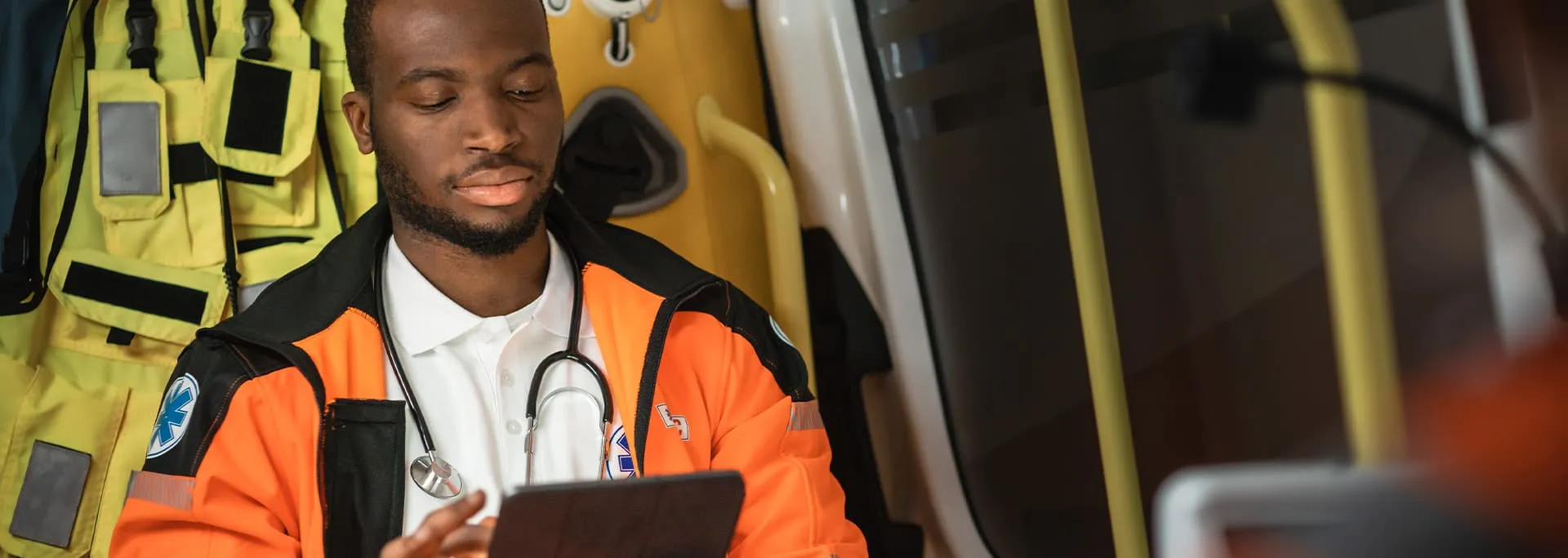Claim submission that results in payment begins before a medical record is ever received at the billing office. EMT and Paramedic Documentation is vital in ensuring sufficient details are recorded to bill for payment and receive maximum reimbursement.
Some EMTs and Paramedics may view writing trip records as tedious or even secondary since their primary focus is patient care. However, good documentation should be considered protection for the provider, the company, and the patient. Appealing the crew's desire to help patients by associating the importance of documentation to good patient care can make all the difference. If a medication is missed to be documented, not only is it not billable, but this could also affect the patient's care at the receiving facility. It is important to remember, if you did not write it down – it did not happen and therefore is not reimbursable.
Documentation is the Key
The medical record can be thought of like a receipt of a patient's services. When key elements are missing or unclear, it can be challenging to justify the medical necessity and obtain full reimbursement for all charges. Small details in a patient's condition or treatment can be the variant that causes a trip to meet medical necessity or not. Not meeting medical necessity due to simply not painting a clear picture through documentation can be a costly miss. While the narrative does not have to drag on, it should include the who, what, where, when, and why details to ensure all points of care have been recorded. Likewise, every procedure, treatment, medication, or test should be added to the patient's medical record.
Timeliness
In the hustle and bustle of the day, the medical record may not be completed when the run is completed, and the crew is on to the next call. The more time that goes on after an incident, the more difficult it will be to remember imperative details. The sooner the EMT or Paramedic completes the record, the better and more accurate it will be. Most states also have a mandated time limit, so timely completion will ensure complete and precise details and maintain compliance with state laws.
Sign here, please!
The signature of the patient, as well as the crew, are both essential. The patient signature is the acknowledgment that the treatment and services were provided. If the patient cannot sign or is not legally able to sign because they are a minor child, mentally incapacitated, or otherwise, the patient representative can sign on the patient's behalf if a valid reason is also documented. Medicare and Medicaid patients account for more than half of all ambulance transports and require a patient signature to file a claim. In the absence of signature for government insurance, claims cannot be filed, causing reimbursement delays and increases in AR Aging.
Supporting Documentation
Most EMTs and Paramedics have a role in ensuring hospital face sheets, RN, and flight notes are attached to the medical record. These supporting documents may contain insurance or patient demographic details not otherwise recorded. Missing these details could cause a patient to be unnecessarily billed or a claim to be written off if not received. Ensuring the documentation is not crumpled when scanned or blurry when taking a picture to upload on their mobile device is crucial. If the image or scan is blurry, crooked, or too dark, it will not be legible for the billing team or the insurance when reprinted.








